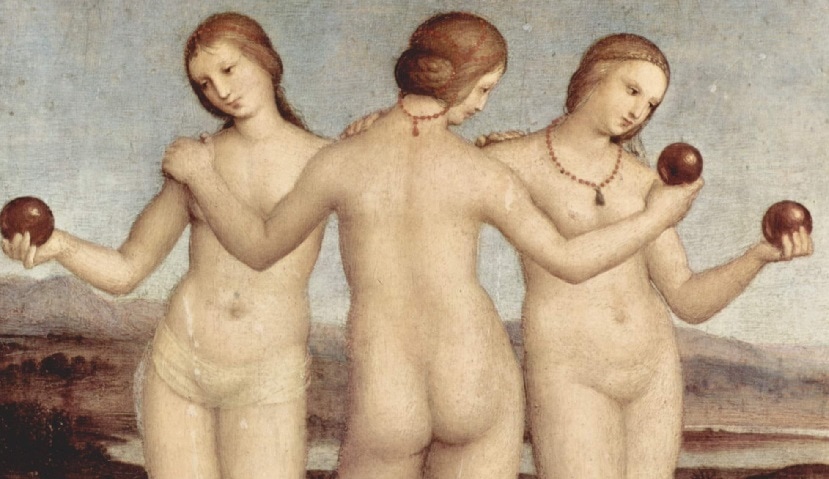
Table of Contents
In Greek mythology, the Charites (better known as the Graces) were said to be the daughters of Zeus and his wife Hera. They were minor goddesses of charm, beauty and goodness. According to the myths, there were three of them. They always appeared as one group rather than individually, and they were also often linked with another group of goddesses, known as the Muses.
Who were the Graces?
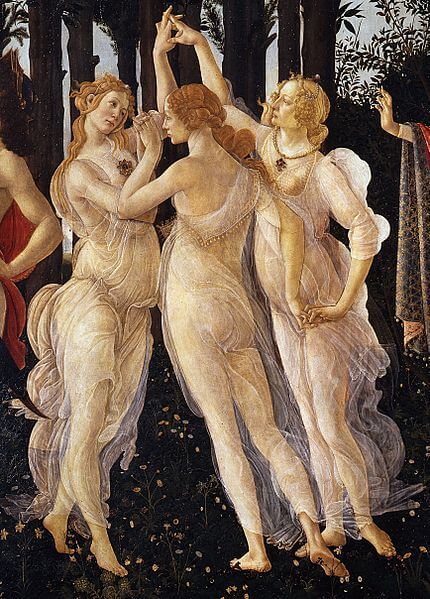
In Greek mythology, the Charites (better known as the Graces) were said to be the daughters of Zeus and his wife Hera, the goddess of women, marriage, family, and childbirth. Other sources, however, claim that they were the offspring of Eurynome, the daughter of Oceanus. Yet another version posits them as daughters of Helios, the god of the sun, and Aegle, one of Zeus’ daughters.
Although the name ‘Charites’ was their name in Greek mythology, they became famously known by their name ‘Graces’ in Roman mythology.
The number of graces varied according to the legends. However, there were usually three.
- Aglaia was the goddess of brightness
- Euphrosyne was the goddess of joyfulness
- Thalia was the personification of bloom
Aglaia
Aglaia, the goddess of beauty, glory, splendour, brightness and adornment, was the youngest of the three Graces. Also known as Charis or Kale, she was the wife of Hephaistos, the Greek god of blacksmiths, with whom she had four children. Of the three Graces, Aglaia sometimes served as the messenger of Aphrodite.
Euphrosyne
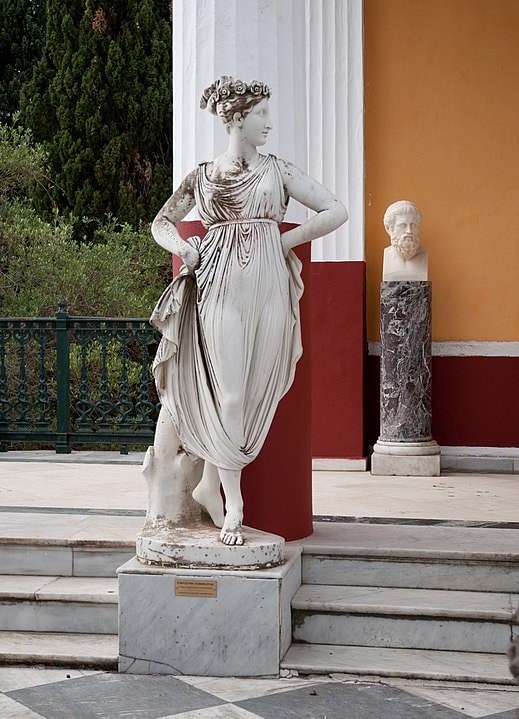
Also called Euthymia or Eutychia, Euphrosyne was the goddess of joy, good cheer and mirth. In Greek, her name means ‘merriment’. Frequently depicted alongside her sisters in a merry dance, she symbolized the unadulterated joy and positivity that the Graces stood for in Greek society.
Thalia
Thalia was the goddess of rich banquets and festivity and joined her sisters as part of Aphrodite’s retinue. Her name in Greek means rich, plentiful, abundant and luxuriant. She is almost always depicted with her two sisters rather than alone.
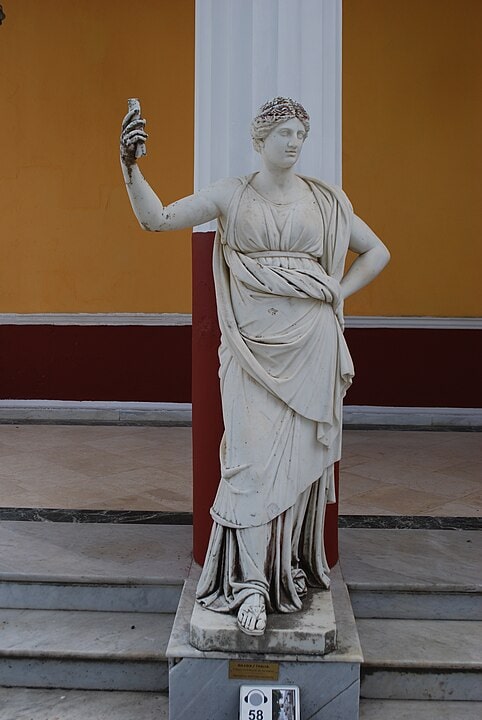
The Role of the Graces
The main role of the goddesses was to bestow charm, beauty and goodness on young women, giving joy to all people in general. They often appeared among attendants of the gods Dionysus, Apollo and Hermes and entertained them by dancing to the music from Apollo’s lyre, a stringed instrument. Sometimes, the Graces were regarded as the official goddess of dance, music and poetry. Together, they had the responsibility of overseeing all the other Olympians’ dances and feasts.
Cult of the Graces
The cult of the Graces is very old, their name appearing to be of pre-Greek or Pelasgian origin. Its purpose is quite similar to that of the nymphs, primarily based around nature and fertility with a strong connection to rivers and springs.
One of the earliest places of worship for the Graces was the Cycladic Islands and it’s said that the island of Thera contains epigraphical evidence of a cult to the Graces dating back to the 6th century BCE.
The Graces were mostly depicted in sanctuaries of other gods since they were only minor goddesses, but sources state that there were about four temples dedicated exclusively to them, located in Greece.
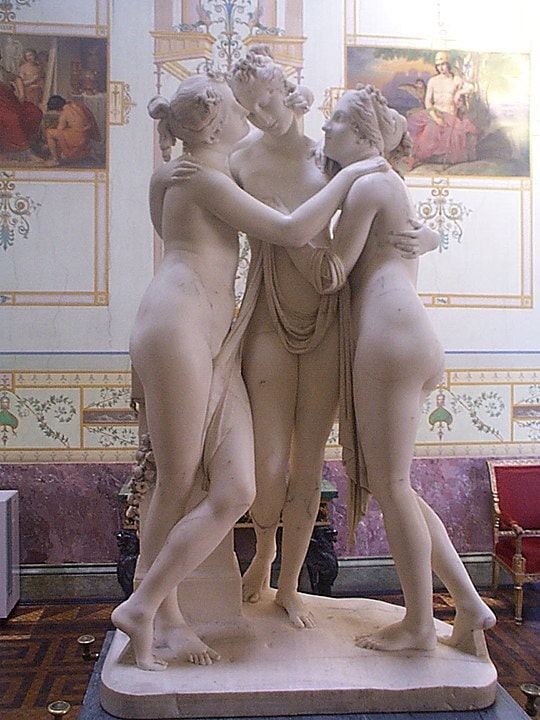
The most important of the temples was the one in Orkhomenos, Boeotia, where their cult was believed to have originated. Their temples were also in Sparta, Hermione and Elis.
Symbolism of the Graces
The Graces symbolize beauty, arts and joy. They also symbolize the way in which happiness and beauty were thought to be fundamentally connected by the Greeks in ancient times. This is why they’re always depicted together, holding hands.
The Graces are also considered symbols of fertility, youth and creativity. In ancient Greece, they served as role models for all young women, as the example of ideal qualities and behaviors.
It’s said that they embodied the characteristics that the Greeks considered most attractive in young women – beautiful and also a source of a bright spirit and good cheer.
In Brief
Although the Graces played a minor role in Greek mythology and there aren’t any mythological episodes in which they feature on their own, they do appear in practically any myth of other Olympians which involves, fun, festivity and celebration. Because of their lovely qualities, they were famous as enchanting goddesses that were born to fill the world with beautiful, pleasant moments, happiness and goodwill.








